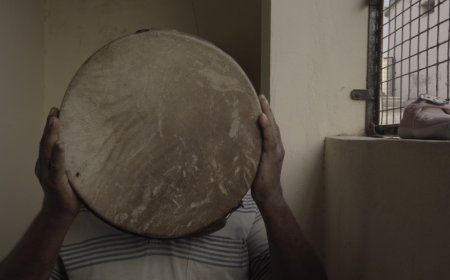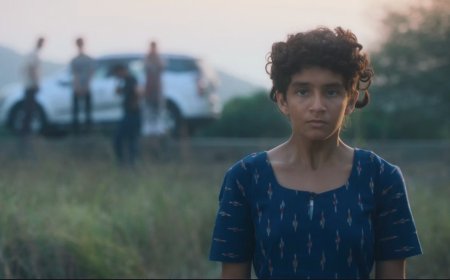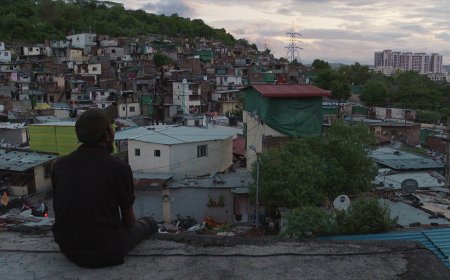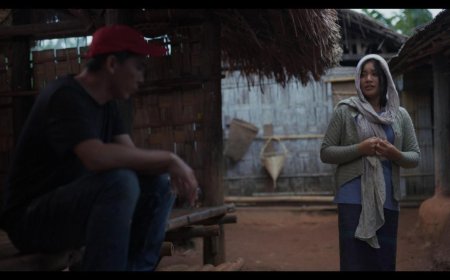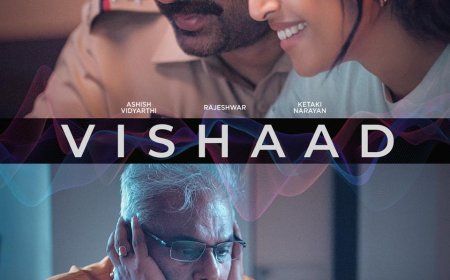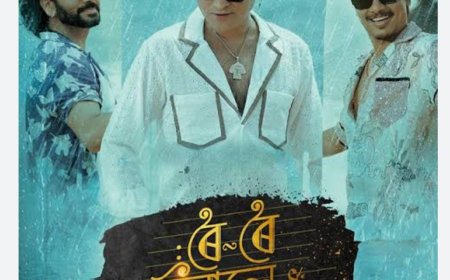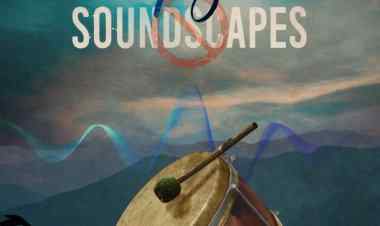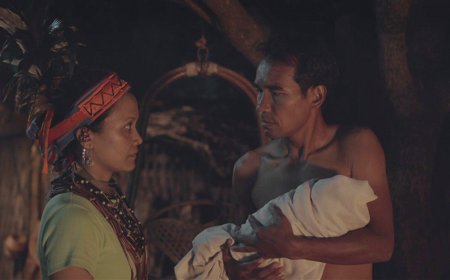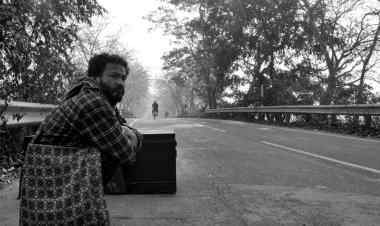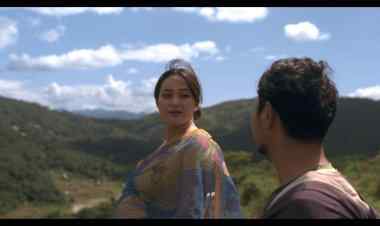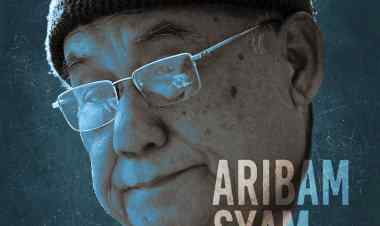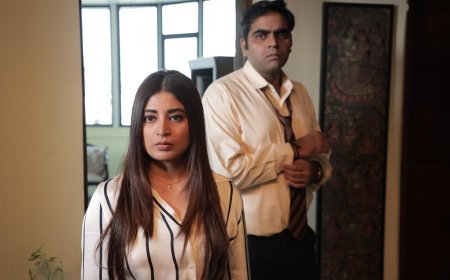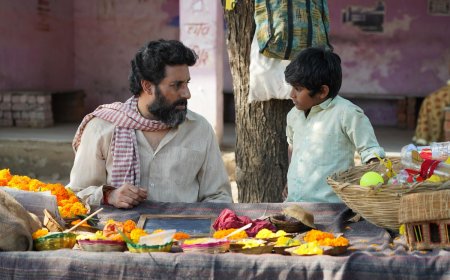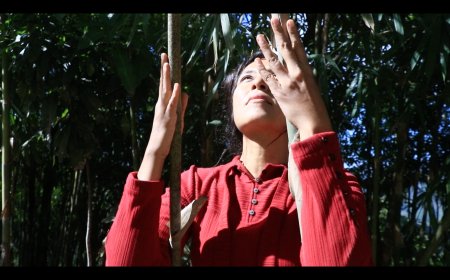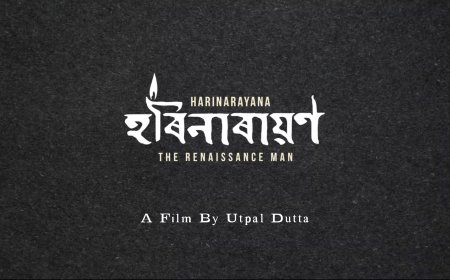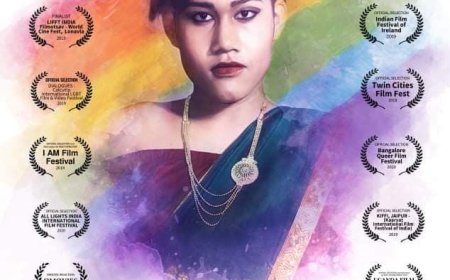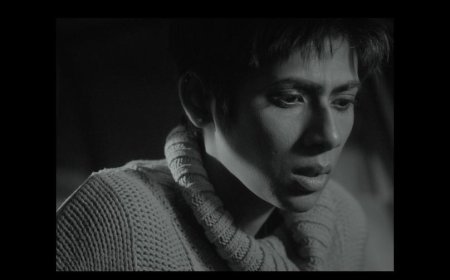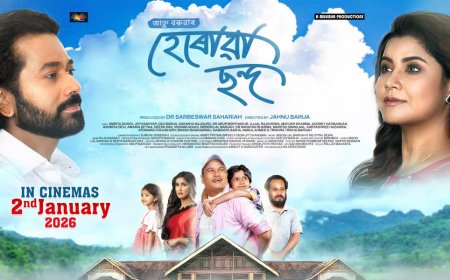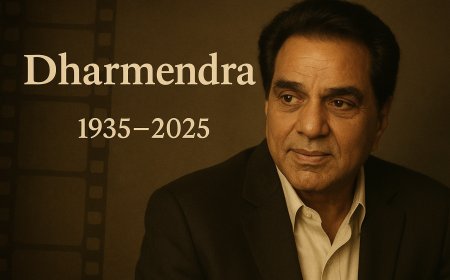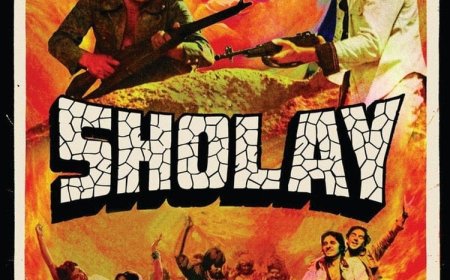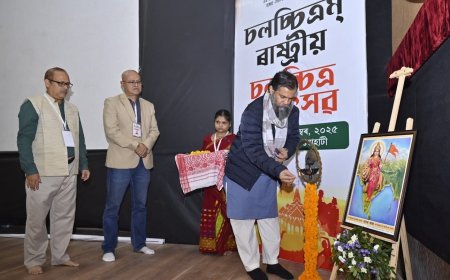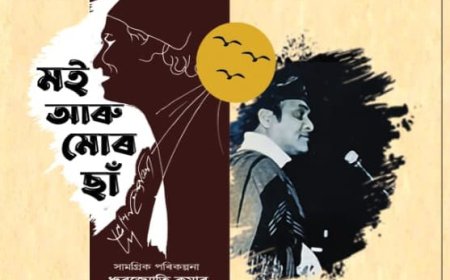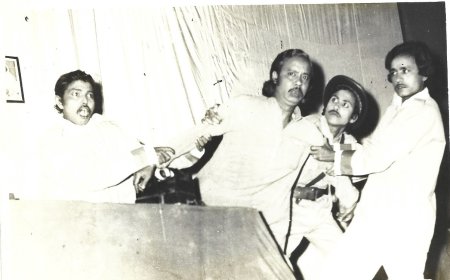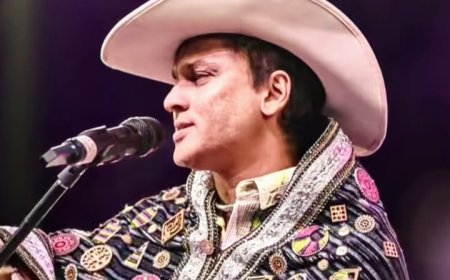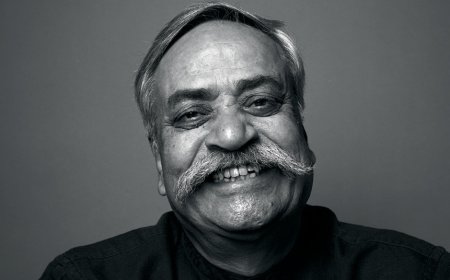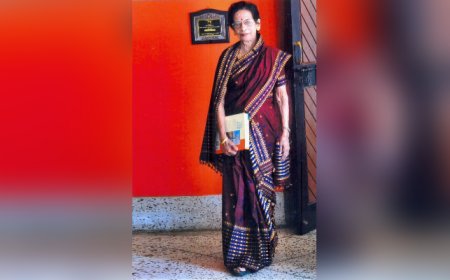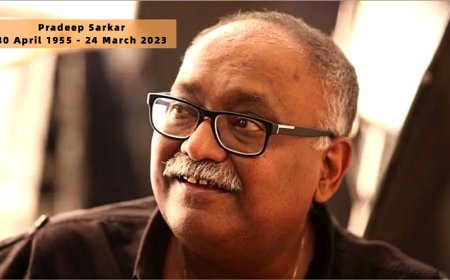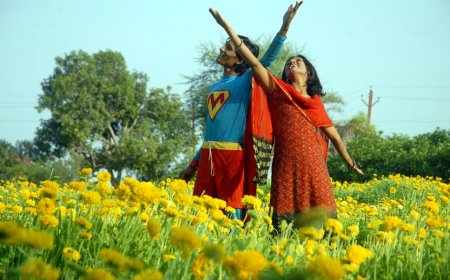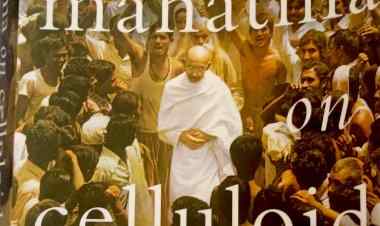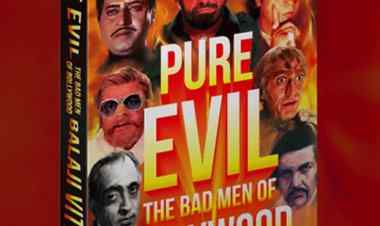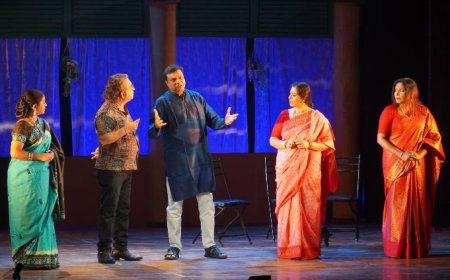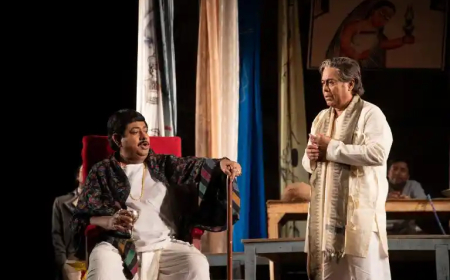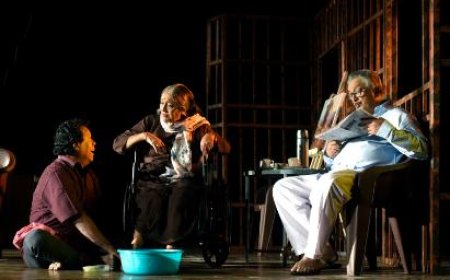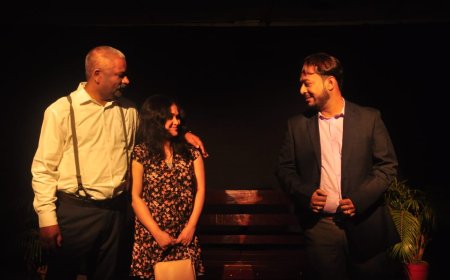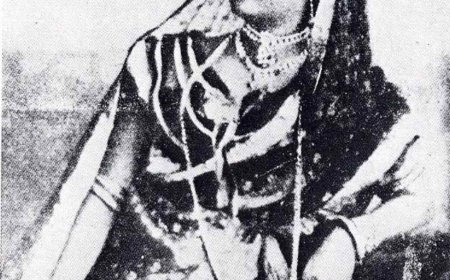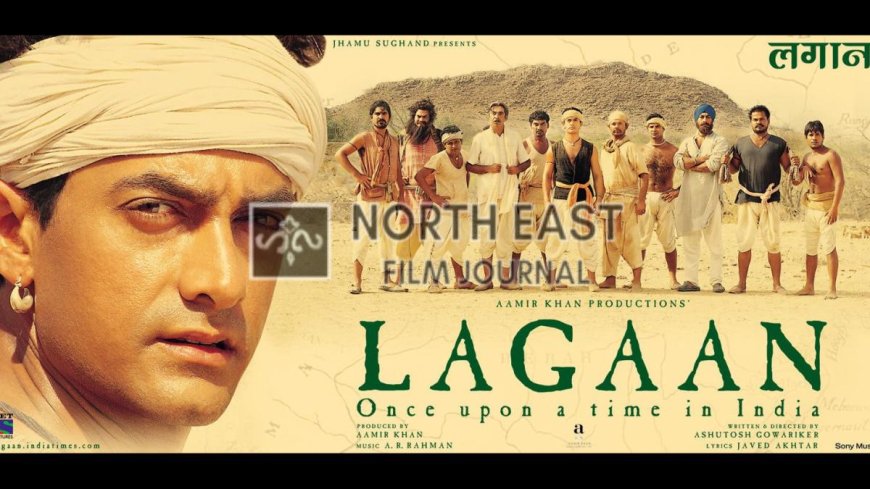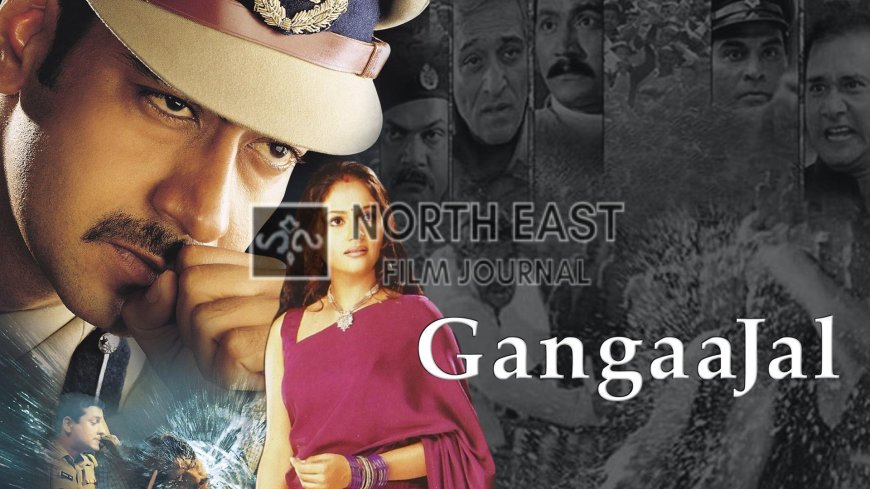REDEFINING PATRIOTISM IN HINDI CINEMA
Dr. Shoma A. Chatterji provides a compelling analysis of how Indian cinema intertwines war and patriotism with entertainment. She explores how films like Border, Sarfarosh, and Lagaan use these themes to captivate audiences, often blending them with romance and melodrama. Chatterji also critiques the commercialization of patriotism in Bollywood, questioning whether these films genuinely reflect patriotic sentiments or simply exploit them for commercial success.
There is a nexus between the concepts of war and patriotism in Indian cinema and a perverse sense of ‘entertainment’ for the Indian mass audience because in cinema, ‘war’ and ‘patriotism’ are sugarcoated with love, romance, family melodrama and highly romanticised deaths. Look at how films like Border and Sarfarosh have drawn the masses to the theatres. Yet, Rang De Basanti is patriotic in a strikingly unusual way. It focuses on the angst of the young in Delhi whose laid-back, casual indifference to life evolves into deep involvement when they discover themselves within the making of a film on Bhagat Singh. The treatment is electric but the message is subtle in the beginning to gather momentum as the film moves towards its electrifying and somewhat melodramatic climax.
Maine Gandhi Ko Nahin Mara is patriotism looked back in retrospect against the present where Gandhi is a concept, an ideal to be aspired rather than an idol to be emulated. Lage Raho Munnabhai sells Gandhi as a concept with changes incorporated into his ideology in keeping with changing values of today. And now we have a feature film called Gandhi, My Father, offering an insight into the father of the Nation’s role as a father to his children. It is a point-of-view narration by Harilal Gandhi, his eldest offspring, who died, unwept and unsung, alone and unattended to, at Mumbai’s Sion Hospital a few months after his father’s assassination. Would you call this film patriotic? Or would one tend to call it ‘unpatriotic’ because it critiques Gandhi’s role as a father in his personal life and so, is in some way, anti-Gandhi? This is a difficult question to answer.
How does one find an answer to this conflicting ideology of values generated by war and patriotism and values generated by popular cinema? Hollywood has already set an example. Indian cinema is no exception. Would you call Prakash Jha’s Gangajal and Apaharan patriotic because while exposing the decay of values and the rise in corruption in the system, they also uphold and praise the values sustained by a handful of honest and industrious police officers? Or would we label them thoroughly Bollywood masala as all the ingredients– big stars, lavish mounting, songs, item numbers and action scenes are features that define Bollywood? The lines are blurred and will continue to get so blurred that it would soon be difficult to draw the line between a patriotic film and a thoroughly commercial one.
Historical and political realities have little value at the box office. Hemen Gupta's 1942 shot in Black-and-White was popular, but one is uncertain about its fate at the box office. Many years later, Vidhu Vinod Chopra made 1942: A Love Story, a period love story set against the backdrop of the freedom struggle. Then, as if through a cloudburst, a flood of films on the freedom struggle began to get made by a generation of post-Independence filmmakers. Among them, are some whose memories of freedom at midnight are a part of their boyhood days. They are travelling back in their celluloid time capsules to capture India's past in all its gore and glory.
Are these Hindi films really meant to be tributary to patriotism? Or are they offering lip sympathy? Or, more logically, are they designed to ride piggyback on the sudden spurt of enthusiasm in political and cultural circles to pay homage to India's Independence on the occasion of its post-post-Golden Jubilee? More realistic it would be to assume that, barring exceptions like Shyam Benegal's The Making of the Mahatma, or M.S.Sathyu's Garm Hawa, most of our commercial filmmakers use the patriotic element as a political strategy to get the film exempted from entertainment tax and thus, boost the sales of tickets at the counters.
Iqbal Masud once wrote: "Indian culture is a broader stream than patriotism. The one, direct, patriotic gesture I remember from those days is Mumtaz Shanti singing door hato ai dunia walo Hindusthan hamara hai in Kismet (1943.) But there were not too many appeals of that type. Cinema was more concerned with class than with country. Even Independence and the trauma of Partition did not inspire films reflecting those events." Masud went on to say that the Great Indian Patriotic Film was really born with Manoj Kumar's Kranti. There are two aspects in this process. Such patriotism invites the ruling class's visible (tax concession) and invisible patronage. Second, patriotism is expected to make a fast buck.
Dr.P.K.Nair, ex-curator-Director of the National Film Archives lists 25 films on the freedom struggle between 1925 and 1955 of which 11 were in Hindi. These are Azadi ke Rah Par, Andolan, Apna Ghar, Anand Math, Chandra Shekhar, Jai Bharat, Kashmir, Neecha Nagar, Swarna Bhoomi, Sikandar and Shaheed. Indians in their fifties might have heard only of Anand Math (because of its famous rendering of Bande Mataram in an unconventional tune), Andolan (because it was a hit), Sikandar (because it starred the two pillars of Hindi cinema of the time - Sohrab Modi and Prithviraj Kapoor) and Shaheed. Not one of the younger generations would even have heard of these films, leave alone having seen them.
Garm Hawa may perhaps be defined as a patriotic film in its truest sense because it does not take sides. It only portrays the tragedy of the Partition through the metamorphosis in the life of a Muslim family which chose to stay back and not cross the border. Garm Hawa gently reminds us where we are going wrong: we continue to fall prey to the elements of disunity that would like to see the country fall apart. Eight to ten films in the recent past harked back to the days before 1947, reflecting on their relevance today.
Can Lagaan and Gadar be slotted in the category of patriotism in cinema? Yes and No. Yes, because both films underscore an intense, obsessive passion for the motherland. No, because at the same time, they are out to offer full-blown, no-holds-barred entertainment. Both films are thoroughly mainstream, and make no pretensions to belonging to The Intelligent Man’s Guide to Good Cinema. Yet, they are well-made films, though Lagaan goes several notches higher along the aesthetics ladder than Gadar. Gadar is a one-man war of a lovelorn Punjabi against entire Pakistan. The ‘Pakistan’ in the film, is a Bollywood-created Pakistan and a figment of the scriptwriter’s imagination. Gadar brings to celluloid life Raj Kumar Santoshi’s description of Sunny Deol as the realisation of “the ideal hero concept – a unique combination of a vulnerable face and powerful, earthy physique.” The film’s patriotism is directed at its star-hero instead of at the ‘character’ he portrays. The criticisms and barbs that the makers anticipated were eliminated at the root – through the title itself – Gadar – Ek Prem Katha.
Gadar scores over Lagaan in its contemporaenity despite its period setting. It deals with a political conflict that is rife today. One critic has said that Musharraf’s Indian visit was a subtly political attempt to ‘correct’ the negative image of his country and countrymen in the minds of Indians who saw and loved Gadar! Musharraf’s maiden visit to India came just a month after the release of Gadar! If there be true, then Gadar is a patriotic film! In Mumbai alone, the first day box office takings of Gadar amounted to Rs.11.8 lakhs. Lagaan collected Rs.10.3 lakhs on the day of release in Mumbai. The reason is obvious. Lagaan is set in a period that existed a hundred years ago. The British colonial oppression of Indian masses, especially those who lived in the villages, is now a page out of our history books. It does not instigate communal riots. Nor does it anger the British. The 'war’ here, is ‘fought’ under different circumstances. The logistics are different though the motives are the same – to win over the victimisers and the rulers through a cricket match.
Lagaan uses the game of cricket between two incredibly unmatched teams pitted against each other to demonstrate a young man’s pride in being Indian. For the British team, it is a matter of racial and colonial pride. For the villagers of the fictitious Champaran, it is a war of life and death. For if they win, they live. If they lose, they die of starvation. The music in Gadar and Lagaan function as metaphors of resistance, of love, of war, and of triumph in the climax. Gadar is one man’s mission. In Lagaan, the man who picks up the gauntlet cannot perform without the active support of the rest of the village and even the people of neighbouring villages. The game of cricket, as they learn it from a white woman – a cinematic convenience to rule out any possible British uproar – wipes away their personal conflicts, their ego fights, and their differences of caste, class and community.
Refugee marked the beginning of the downfall of selling and marketing of patriotism through cinema. Mission Kashmir got a mixed feedback from the audience. Yet, be it semi-biographies like that of the Mahatma's 20 years in South Africa, or about a crop of politicians who shaped India after Independence, or a replay of lives of faceless freedom fighters, the past seems to supply a fund of subjects for current filmmakers.
A true patriotic film lies in the honesty with which a filmmaker chooses a theme, treats it and presents it to his audience, without developing cold feet in the end and playing to the gallery. Is there a film like this? Perhaps, Benegal's Mammo could be defined as a moving human document on the trauma of Partition on the lives of two sisters driven apart, or, his The Making of The Mahatma. Border or Ay Watan Tere Liye or Major Saab or Kohraam, do not fit this description. But we are a unique class of people that refuses to learn from its mistakes. Film images of patriotic leaders have been appropriated by filmmakers who are in reality opposed to these very leaders in terms of ideology. Shahid Bhagat Singh may have bagged for Ajay Devgan the National Award for Best Actor. But the fact that there were five versions of the same story around the same time smacks of the marketing of patriotic flavours on celluloid much the same way in which ice-cream companies flout a huge variety in flavours in their product-mix. The iconic figure of Amitabh Bachchan in Lakshya coupled with a dedicated performance by Hrithik Roshan could not save the film from turning into an irretrievable box office turnip.
"They (historical films in popular cinema) are highly romanticised, historical recreations of patriotic, idealistic, self-sacrificing Indians fighting evil, scheming, autocratic British villains of the darkest hue. After the Emergency, the patriotic anti-Establishment motifs have been co-opted into popular cinema," says Shama Zaidi. The motifs are: patriotic songs, marching crowds, emotionally charged scenes of marching on in the face of flying bullets, the national flag atop a long wooden pole held in the hands of those who are leading the procession, and finally, some of them falling to gunshots fired at them, followed by lines of the chorus in the backdrop.
1942: A Love Story and J.P.Dutta's Border have all of these. Mani Ratnam’s Roja is an example of how the tools of the craft of filmmaking can be cleverly and diabolically manoeuvred to make a film not only an aesthetic and political success but also a commercial hit. Ratnam's command over the language of cinema in Roja illustrates the power and infinite possibilities of cinema as medium, metaphor and language to spread the message of patriotism. But this trend of paying lip-sympathy and riding piggyback on the supposedly emotional enthu to celebrate 60 years of freedom continues to hold sway. In this ambience of opportunistic commerce, can one really expect a truly patriotic film like Garm Hawa?
**********************************************
What's Your Reaction?







